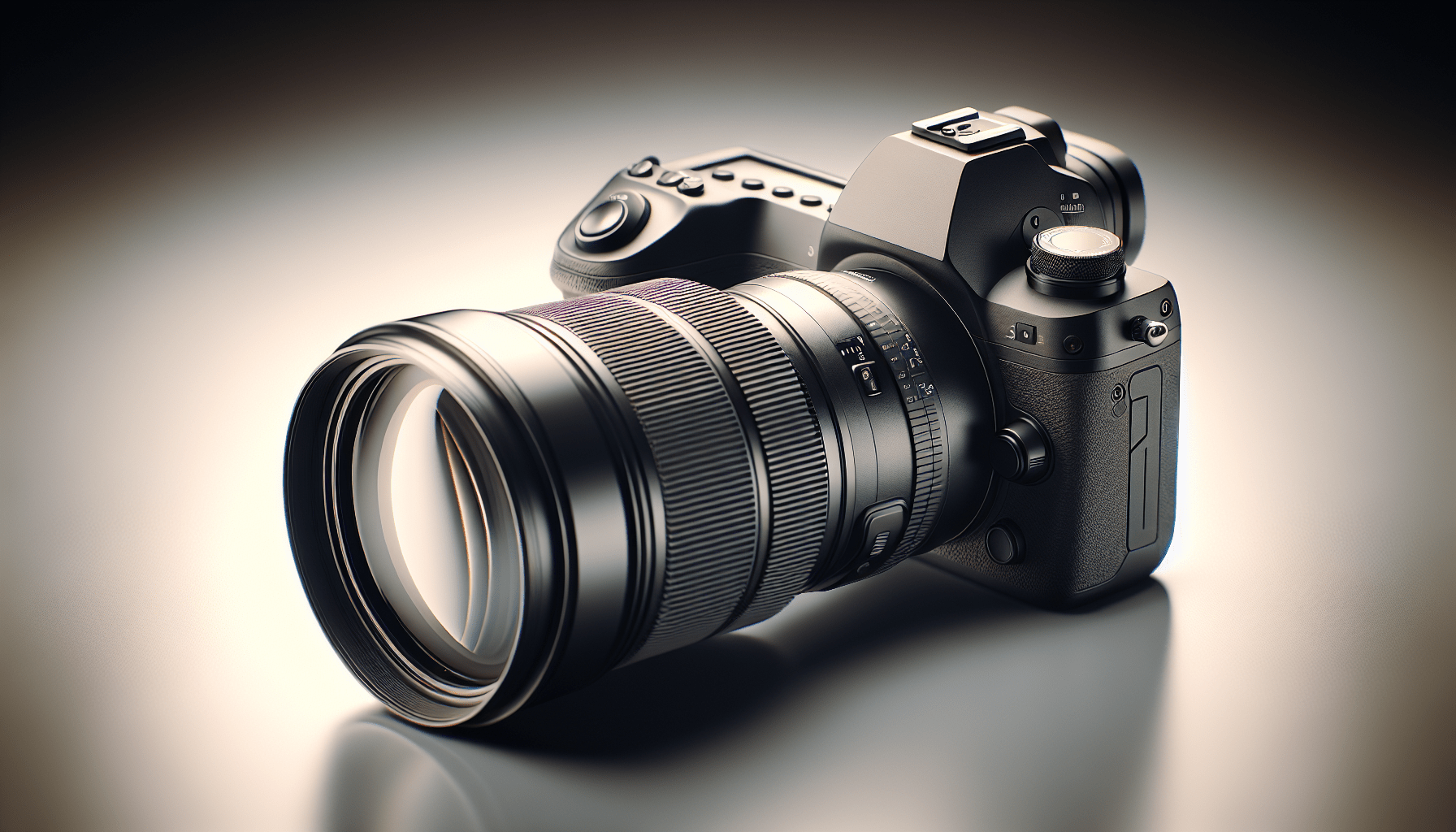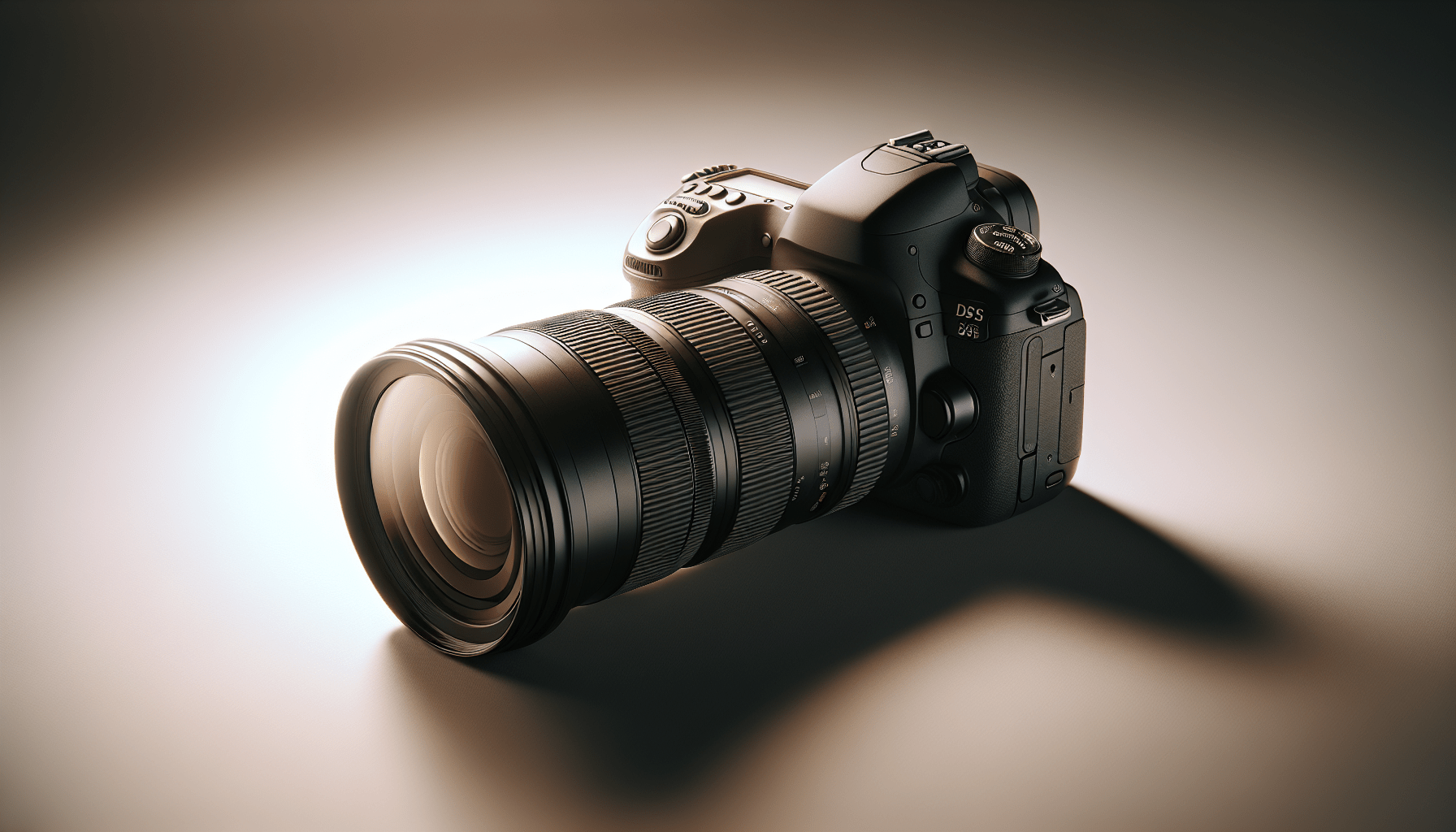Welcome to the “Digital SLR Camera Guide,” where you’ll find everything you need to know about choosing the perfect DSLR. Whether you’re a beginner or an intermediate photographer, this guide will help you understand essential features like megapixels, sensor types, and shutter speed to ensure you make an informed decision.
We’ll also explore various lens options and the importance of key camera features like automatic settings, steady shot, and LCD quality. By the end of this article, you’ll be well-equipped to pick a camera that matches your photography needs and budget, ensuring you capture stunning images every time. Happy reading!

This image is property of i.ytimg.com.
Megapixels
Understanding what a megapixel is
A megapixel simply means one million pixels, a term that describes the resolution of a camera sensor. When you hear about a 10-megapixel camera, it means the device can produce images containing ten million individual pixels. These pixels come together to form the overall picture, with more pixels generally leading to higher detail and clarity.
The importance of megapixels in photography
Megapixels have played a pivotal role in the evolution of digital photography. They determine the level of detail and the size at which you can print your photos without losing quality. More megapixels often mean you can crop images significantly without compromising on clarity. However, in recent times, other factors such as sensor quality and lens capability also contribute heavily to the overall image quality.
Realistic needs for megapixels
While the race for higher megapixel counts continues, you might wonder how many megapixels you realistically need. If you mainly post photos on social media or display them on a computer screen, anything above 10 megapixels might be overkill. However, if you plan to print your photos or require exceptionally fine detail, going for a higher megapixel count can be beneficial.
Printing large images
Megapixels become more critical when you wish to print large photos. Lower megapixels can make large prints look pixelated or blurry. As a general rule, a 10-megapixel image can comfortably be printed at A4 size (8.3 x 11.7 inches). For larger print sizes, higher megapixels ensure you keep the sharpness and detail intact.
Sensor Types
Role of the sensor in image quality
Sensors are the heart of your DSLR, capturing the light that forms your images. Bigger and better sensors can capture more light, leading to higher-quality photos, especially in low-light conditions. The sensor converts the light into digital data, which is then processed into an image.
CCD vs CMOS sensors
When choosing a camera, you’ll encounter two main types of sensors: CCD (Charge-Coupled Device) and CMOS (Complementary Metal-Oxide-Semiconductor). CCD sensors were traditionally known for delivering higher-quality images but are more power-hungry. In contrast, CMOS sensors are more battery-efficient and allow for faster capture rates, making them ideal for action photography.
Size of sensor and its impact
Sensor size is another critical factor. Larger sensors, like full-frame sensors, can capture more light, leading to better image quality, especially in low-light conditions. APS-C sensors are smaller but still deliver excellent quality and are often found in mid-range DSLRs. Remember, the bigger the sensor, the higher the potential for improved depth of field and detail.
Power consumption considerations
Power consumption is an essential factor to consider, especially if you shoot extensively or in remote locations. CCD sensors are known to drain batteries faster than CMOS sensors. Therefore, a camera with a CMOS sensor can be a better choice if you need longer battery life or if you’re frequently on the go without access to charging facilities.
Camera Speed
Shutter lag and its significance
Shutter lag is the delay between pressing the shutter button and the camera capturing the image. Minimizing this lag is crucial for action or sports photography, where every millisecond counts. When selecting a camera, look for one with minimal shutter lag to ensure you capture the perfect moment without delay.
Frames per second (FPS)
FPS indicates how many continuous shots a camera can take per second. Faster FPS rates are essential for capturing rapid sequences, like wildlife in motion or sports events. Many DSLRs offer 3-5 FPS, adequate for general photography, but sports or action photographers might prefer models boasting 10 or more FPS.
Shooting fast-moving subjects
Photographing fast-moving subjects requires a combination of high FPS, fast and accurate autofocus, and minimal shutter lag. These features allow you to capture sharp, detailed images without missing critical moments. Ensure your chosen camera excels in these areas if action photography is a priority.
Performance benchmarks
Evaluating a camera’s performance involves looking at real-world and lab tests. Check reviews for insights into aspects like autofocus speed, shutter lag, and overall shooting performance. This information helps you understand how the camera performs in various scenarios, guiding you to the best choice for your needs.
Lenses
Types of lenses and their uses
Different lenses serve different purposes. Wide-angle lenses are great for landscapes, while telephoto lenses excel in capturing distant subjects, like wildlife or sports. Macro lenses are perfect for close-up shots of tiny subjects, and prime lenses, with their fixed focal length, often offer superior image quality and faster apertures.
Interchangeable lenses
One of the significant advantages of DSLRs is their ability to use interchangeable lenses. This versatility allows you to adapt to various shooting conditions and styles, from portrait photography to capturing expansive landscapes. When selecting a camera, consider the range of available lenses and their quality.
Lens compatibility
Lens compatibility is essential when purchasing a DSLR. Ensure the camera you select is compatible with the lenses you need. Some camera brands offer extensive lens lineups, while others might be more limited. Research the lens options available for your chosen camera to ensure they meet your photographic requirements.
Range and affordability of lenses
Lenses vary significantly in price, with high-end options offering exceptional quality at a premium cost. However, budget-friendly lenses can still deliver excellent performance. Assess your needs and budget, and aim for the best balance between affordability and quality. Look for a camera that offers a wide range of lenses at various price points to keep your options flexible.

Key Features
Automatic settings for different scenes
Modern DSLRs come with automatic settings tailored for various scenes such as landscapes, portraits, sports, and night photography. These pre-programmed settings adjust parameters like shutter speed, aperture, and ISO automatically, making it easier for you to capture quality shots without manual adjustments.
Shutter speed, aperture, and noise reduction
Understanding key features such as shutter speed, aperture, and noise reduction empowers you to take better photos. Shutter speed controls how long your camera’s sensor is exposed to light, affecting motion blur and exposure. Aperture, which dictates the depth of field, controls how much light reaches the sensor. Noise reduction helps keep images clear, especially in low-light conditions, minimizing the grainy appearance commonly known as “noise.”
Adding convenience with features like SteadyShot
Features like SteadyShot offer stabilization, reducing blur from camera shake and making handheld shots clearer. While some cameras offer stabilization within the lens, others incorporate it directly into the camera body. This functionality is particularly useful for capturing sharp images in low-light conditions or when you don’t have a tripod handy.
SteadyShot
Importance of stability in handheld shots
Stability is crucial for ensuring your images are sharp, especially when using slower shutter speeds or shooting in low light. Handheld shots can easily suffer from camera shake, resulting in blurred images. This is where stabilization technologies come to the rescue, significantly enhancing picture clarity.
SteadyShot in lens vs. camera body
SteadyShot can be embedded either in the lens or the camera body. Lens-based stabilization means each lens has its own stabilization mechanism. In contrast, body-based SteadyShot stabilizes any lens attached to the camera. Body-based stabilization provides greater flexibility since you don’t need to worry about the stabilization features of individual lenses.
Compatibility with various lenses
When considering SteadyShot, check how it integrates with the lenses you plan to use. Body-based stabilization tends to be more universally compatible and beneficial if you use multiple lenses. However, if you have specific lenses with built-in stabilization, you can rely on their SteadyShot capabilities, ensuring clear and sharp images across various photographic scenarios.

LCD Display
Size vs. quality
The LCD display on your camera is where you review and frame your shots. Larger screens are easier to view and can be beneficial when shooting in challenging angles. However, screen quality, including resolution and color accuracy, is equally important. A smaller but high-quality display can be more useful than a larger, lower-quality one.
Pixel count and display clarity
Higher pixel count on the LCD display means better clarity and detail, essential for accurately reviewing your shots on the go. A clear and sharp screen helps evaluate focus and composition more effectively, ensuring you capture the best possible images in the field.
Viewing angles and brightness
Great viewing angles and brightness are critical for outdoor shooting. An LCD with wide viewing angles ensures you can clearly see the display from various positions. High brightness helps you see the screen clearly even in bright sunlight, making it easier to frame and review shots without straining your eyes.
Quick AF Live View
What is Quick AF Live View?
Quick AF Live View is a feature that allows you to compose shots using the LCD screen instead of the viewfinder, with the added benefit of fast autofocus. Traditional live view mode on many DSLRs can be slow, but Quick AF Live View offers snappy autofocus performance, making it easier to capture spontaneous moments.
Benefits for previous compact camera users
If you’re transitioning from a compact camera, Quick AF Live View provides a familiar shooting experience. It allows you to hold the camera away from your face and use the LCD screen to frame your shots, much like you would on a point-and-shoot or smartphone. This feature eases the learning curve and makes the DSLR experience more intuitive.
Real-time shot framing
Quick AF Live View is perfect for real-time shot framing, allowing you to see how your adjustments to settings like exposure and focus affect the final image right on the LCD screen. This instant feedback helps you make creative decisions on the fly and achieve your desired results more consistently.
Action shot efficiency
For capturing action shots, Quick AF Live View’s fast autofocus ensures you don’t miss critical moments. It combines the convenience of using the LCD screen with the speed and accuracy of advanced autofocus systems, making it ideal for sports and wildlife photography where split-second timing is crucial.
Researching Cameras
Evaluating your photography needs
Before purchasing a DSLR, it’s essential to evaluate your specific photography needs. Are you looking to capture detailed landscapes, fast-moving sports, or everyday moments? Understanding what you want to achieve with your camera helps narrow down features and models that best suit your requirements.
Comparing features and prices
Once you’ve identified your needs, start comparing different camera models. Look at features like megapixel count, sensor type, FPS, and available lenses. Also, consider your budget. Sometimes, a slightly older model might offer the best balance between price and features, providing excellent value for your investment.
Checking reviews and awards
Reviews and industry awards can offer valuable insights into a camera’s performance and reliability. Look at both professional reviews and user feedback to get a comprehensive understanding of a camera’s strengths and weaknesses. This due diligence helps confirm you’re making a sound choice.
Trustworthy sources for camera information
Rely on reputable sources for your camera research. Popular photography magazines, websites, and forums can provide in-depth analyses and comparisons. Trustworthy sources ensure the information is accurate and up-to-date, guiding you toward a well-informed purchase decision.
Conclusion
Summary of key points
Navigating the world of DSLRs can feel overwhelming, but understanding key aspects like megapixels, sensor types, camera speed, lenses, and essential features can guide you to the right choice. High megapixel counts offer detailed images, while sensor quality and size critically influence photo clarity. Camera speed and lens versatility further define your shooting capabilities.
Final considerations
Your perfect DSLR depends on balancing these factors with your specific needs and budget. Evaluate what you intend to photograph most often and choose a camera that excels in those areas. Features like Quick AF Live View, SteadyShot, and a high-quality LCD display can significantly enhance your shooting experience.
Encouragement for further research
Take your time with research. Comprehensive understanding and comparison shopping can save you from mid-purchase regrets. Ensure you read up-to-date reviews, watch performance tests, and consult photography communities to address any lingering questions.
Personalizing your camera choice
Ultimately, the best camera for you is one that feels comfortable and intuitive to use, meeting your unique photographic ambitions. Spend time handling different models in a store if possible, ensuring you find one that fits your style and helps you capture the world as you see it.
Happy shooting!
